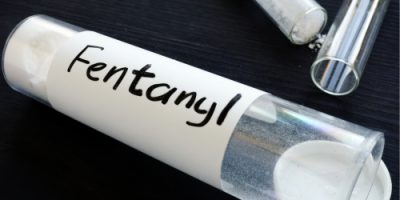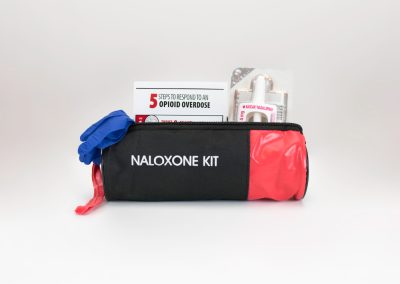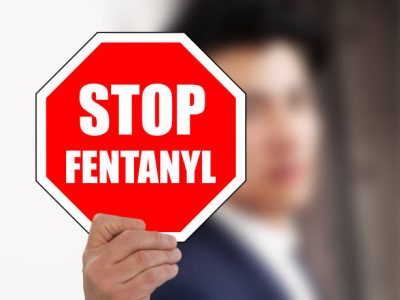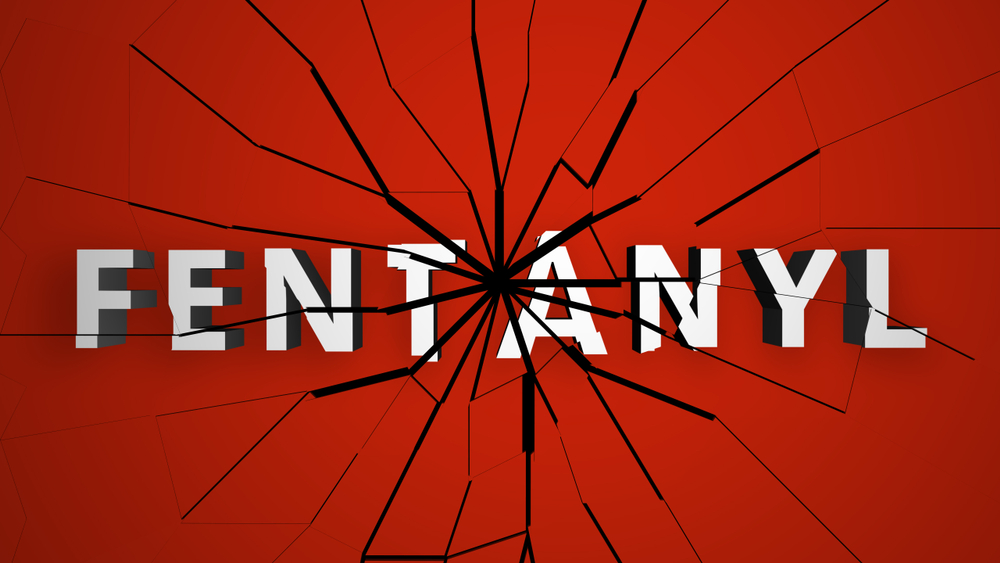There is mounting concern in Australia that strong opioid pain medication Fentanyl is increasingly being cut with heroin and other illicit drugs, including cocaine and methamphetamine, to provide a more potent effect at a lower price. However, many users are unaware that Fentanyl is included in the illicit drug they are using.
And this has experts and authorities, including doctors, the Australian Drug Foundation, and the Australian Federal Police (AFP) worried because the inclusion of Fentanyl is also responsible for a significant increase in drug overdoses in the US and Canada.
Why is this the case?
Just 2mg of Fentanyl – the equivalent of two grains of salt
– can be a fatal dose, according to the AFP.
What is Fentanyl?
Fentanyl is a prescribed strong opioid pain medication, usually used for severe pain when other pain medicines have been ineffective or cannot be used. It can be used to treat acute pain, resulting from major trauma or surgery, as well as severe, chronic pain resulting from cancer, nerve damage, or back injury.
It is a synthetic opioid, meaning it has been developed in a laboratory and targets that same parts of the brain as natural opioids, such as morphine and codeine, to produce analgesic or pain relief effects.
Synthetic opioids can be up to 100 times stronger than morphine.
Fentanyl comes in several different forms including patches (Durogesic), lozenges or lollipops (Actiq), or injection (Sublimaze).
Like all opioid medications, Fentanyl comes with possible side effects including drowsiness, confusion, nausea, vomiting, constipation, and cramps. Long-term regular use can also result in mood instability, reduced libido, constipation, menstrual problems, and respiratory impairment.

Possible side effects of long-term regular use of Fentanyl can include mood instability,
reduced libido, constipation, menstrual problems, and respiratory impairment.
Anyone taking Fentanyl can develop a tolerance to it, meaning larger doses are needed to achieve the same effect. As the dosage increases, so does the risk of side effects. Suddenly stopping Fentanyl can also result in withdrawal symptoms. In essence, the message is to adhere strictly to your doctor’s instructions when taking Fentanyl and consult your doctor before stopping it.
Why is Fentanyl being used in illicit drugs?
Fentanyl provides a stronger effect for the user at a cheaper cost for the supplier. It’s that simple: basic economics.
But it is not just being cut with heroin. Fentanyl is also added to cocaine and methamphetamine so people who think they are purchasing an illicit drug designed to provide a stimulant effect are actually also being an incredibly powerful and dangerous sedative.
Dealers are also using a substance known an Acetyl-Fentanyl, which is produced illegally and is not used in health care.
Authorities and medical experts are concerned that many users are also unaware of the ingredients contained in the illicit drugs.
“There can be real physical and psychological harms from the unsanctioned use and misuse of pharmaceutical opioids such as Fentanyl,” Addiction Sciences Qld Medical Director Dr Christian Rowan said.
“Overdoses and deaths have occurred, particularly
when combined with alcohol or other drugs
such as benzodiazepines.”
In August 2022, the AFP announced it had seized in a joint operation with Australian Border Force the largest shipment ever detected in Australia of Fentanyl. The seizure prevented more than five million potentially lethal doses of the drug hitting the streets in this country.
More than 11kg of pure powdered Fentanyl were found along with 30mg of methamphetamine inside an industrial wooden lathe sent from Canada that arrive in Melbourne late last year.
Read more: As Fentanyl Drives Overdose Deaths, Mistaken Beliefs Persist (usnews.com)
What can be done to reduce drug overdoses from Fentanyl?
Rapid Fentanyl testing strips are one suggestion. Trials in the US showed rapid tests to be highly accurate and easy to use. The trials also showed the majority of participants reported positive changes in drug use behaviour in that they decided not to consume drugs that tested positive for Fentanyl.
Another strategy is to increase community education and training regarding the use of Naloxone for people at risk of opioid overdose. Naloxone temporarily reverses the effects of opioid drugs, allowing the person experiencing the effects of opioids to recover normal respiratory function and regain consciousness.

Naloxone temporarily reverses the effects of opioid drugs.
“It would be prudent for all users of opioids, whether prescribed or non-prescribed, to have take-home Naloxone on hand,” said Addiction Sciences Qld Specialist Dr James Finn.
In August 2022, the Federal Government announced it would invest $19.6 million over four years from 2022/23 to deliver the Take Home Naloxone program nationally.
Under the program, Naloxone is available for free with no prescription required. The Take Home Naloxone program is available to:
- Those who are at risk of an opioid overdose or adverse reaction, their carers, friends, and family members;
- Approved providers such as community pharmacists, dispensing doctors and hospital pharmacists; and
- Authorised alternative suppliers such as needle and syringe programs, alcohol and other drug treatment centres, and outreach services.

Read more: Take Home Naloxone program | Australian Government Department of Health and Aged Care
Seek medical advice
“It’s also important that access to evidence-based multidisciplinary care is provided to people who may have developed a dependency on Fentanyl or other prescription opioid analgesics,” Dr Rowan said.
If you are concerned about your or a family member’s reliance on Fentanyl, our addiction medicine specialists are available to provide advice. If you are an illicit drug user who is concerned about unknowingly consuming Fentanyl, our addiction medicine specialists can discuss prevention with you as well as address the underlying issues of drug use.


